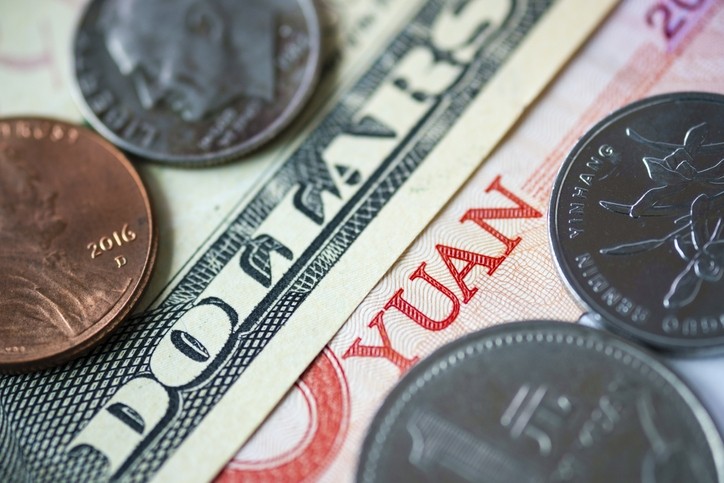US-China trade war, fallout from ASF and likely US recession among headwinds to hit agri-commodities in 2020

Looking ahead, it said that many of these factors will continue to be key for agri-commodity prices.
Indeed, the prices of grains and oilseeds next year will be driven by geopolitics, particularly trade wars, said the bank.
The soybean, the unlikely symbol of the US-China trade war, will continue to be at the mercy of the dispute. If an agreement is reached, China – which needs soybeans as it begins to replenish its ASF-ravaged pig herds – is likely to commit to buying large volumes of US agricultural products, said the analysts. Conversely, should trade tensions deteriorate, Beijing may cut US soybean imports, dealing a potentially devastating blow to US farmers. In that scenario, farmers in Brazil would benefit as China relies instead on the South American nation for its soybean imports.
A ‘phase one’ deal – or trade truce – appears to be in play, they said.
“Under these auspices, China will buy increasing quantities of US agricultural products – including soy, feed grains, cotton, and animal protein – in the hope that the US will delay the introduction of new tariffs, while possibly also lowering some existing ones.
“However, a more comprehensive trade deal – one that involves intellectual property commitments from China – looks unlikely. For the time being, the Asian dragon is buying very significant quantities of US agricultural products – especially G&O and animal protein – in particular supporting soybean and lean hog prices.”
In this context, they see emerging markets enjoying some respite in the short term – with the usual outliers of Argentina and Turkey.
Hike in feed wheat usage
Feed distribution will change in 2020, predicts the bank. A replenished wheat and barley crop in Europe, along with more competitive corn prices, will result in large-scale switching.
Feed grains overall are set to remain attractive.
Globally, wheat feeding will rise by around 5%, and barley by 10%, while corn feeding will decline by around 1%, it said.
Pending US recession
While economic data keeps providing evidence of a synchronized global slowdown, major central banks are sounding sufficiently dovish when it comes to emerging-market currencies, to maintain a mildly bullish view in the coming quarter, commented the team behind the report.
However, Rabobank said it foresees a significant risk of a mild US recession in the second half of 2020, with a dip in global GDP growth to below 3%.
The most notable effect of a weaker US economy could be a synchronized global slowdown, translating into weaker currencies in key commodity-producing countries, particularly emerging markets, it said.
Emerging markets generally do not perform well when the US economy is in the doldrums, it added.
This would put pressure on the prices of several key agri-commodities, said the bank.








